This March, Forbes Magazine offered a different twist to the stories emerging about Women’s History Month. Their focus was on addiction and how it can just as easily happen to a woman as it can to a man. More interestingly, the famed outlet delved into some of the unique characteristics each gender experiences when battling a dependency.
Stats gathered by magazine researchers and U.S. physicians showed that men are indeed more likely to develop an addiction. But, their data showed that women find it harder to quit a dependency and are more vulnerable to relapses.
Dr. Lipi Roy authored the telling piece, which shared some little known facts about women and opioid crisis. For starters, according to The American Journal of Public Health females are more likely to be prescribed painkillers than males. The usage behaviors were rather interesting as well. Apparently women tend to misuse opioids because of emotional issues, while men do it because of legal, work or behavioral problems.
The alcohol stats Dr. Roy chronicled were alarming as well. Her research showed that drinking kills more women in the U.S. than painkiller overdoses. Habits can also happen much faster for the female gender, due to smaller frames and different biological structures. Not only that, alcoholism can increase the risk of breast cancer by 5 to 9 percent.
Pregnancy and addiction (a sad subject we touched upon last week) was covered as well, illustrating the extremely high birth complication risks and the rise in postpartum depression. Forbes went on illustrate how an addiction often leads to unplanned pregnancies (80 percent of all of them, to be exact) and the increase in sexually transmitted diseases.
Dr. Roy went on to defend women across the U.S. who find themselves dependent on substances (and rightly so).
“Let’s first make sure we’re on the same page as far as the definition of addiction,” she wrote. “This is a chronic medical disease, a relapsing and remitting disease of the brain, that causes compulsive drug seeking and use despite harmful consequences to the individual using and to those around him or her. It is NOT a sign of moral weakness or failure.”
Dr. Roy concluded her piece with a call to action to study more of the gender differences among addicted Americans. One of her parting notes was that up until the 1990’s, most substance abuse research focused solely on men. That isn’t the case today; but as the data clearly illustrates, there are many more biological and scientific gender statistics worthy of exploration.







